The term green finance became popular with the accomplishment of the United Nations Sustainable Development Goals (SDGs) by 2030. Environmental protection, climate change, and sustainable development have become global concerns in recent years. All the developed and developing nations are continuously trying to meet this global challenge. Thus, the sustainable development priorities made green financing a requisite.
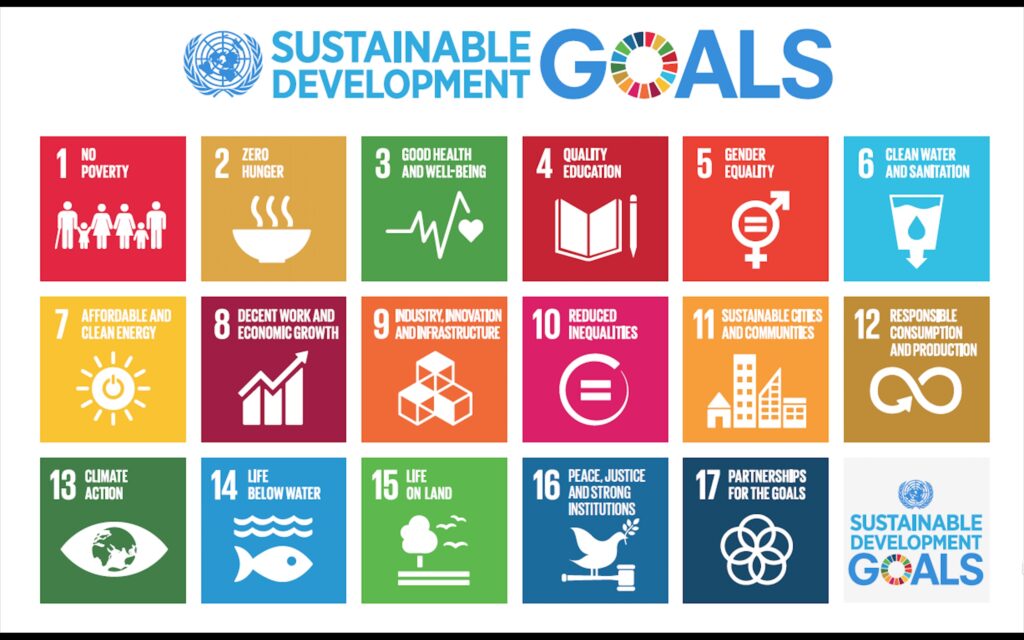
Green finance arrived at a crest of significance during the 11th gathering of the G-20 countries in Hangzhou, China, in 2016. There it was broadly plugged and talked about. Green Finance incorporates all efforts made by private and public specialists (for example, organisations, banks, state-run administrations, global associations, and so on) to create, advance, carry out, and support tasks with measurable outcomes using financial instruments.
A few instances of green finance projects are, however, not restricted to:
- advancement of sustainable power sources, energy productivity, water sterilisation, ecological reviews.
- decrease in transportation and modern contamination, environmental change, deforestation, carbon impression.
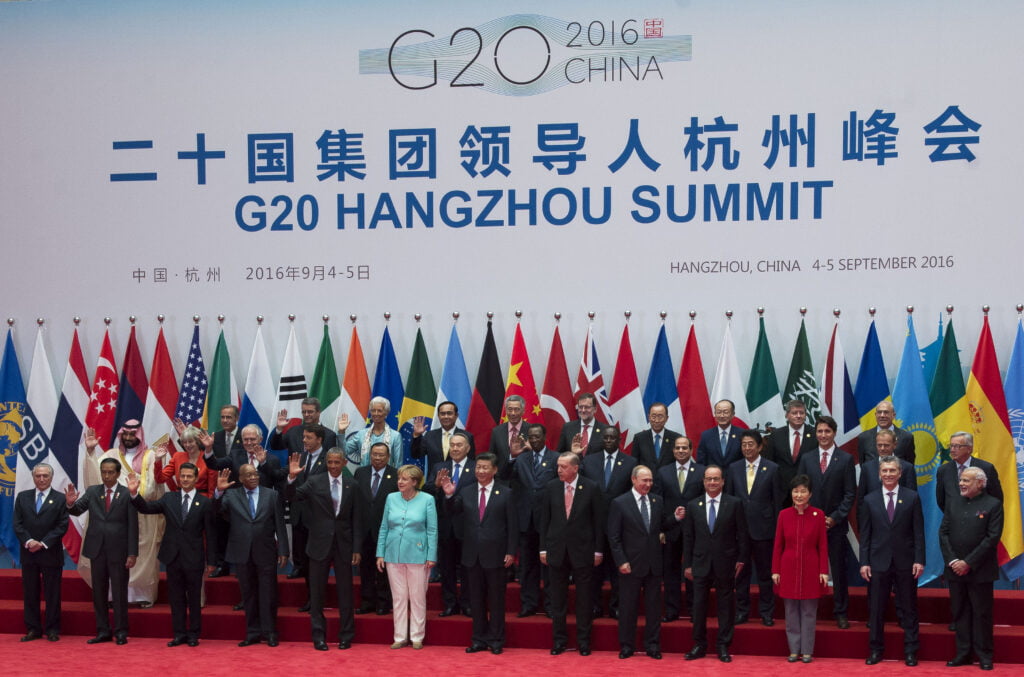
Green money is a cash-related help for a green turn of events, which diminishes ozone-draining substances (GHGs) and air poison releases. Further, green improvement is an advancement made through friendliness between the economy and the earth.
What is Green Finance?
“Green finance” is a broad term that can allude to money related ventures streaming into feasible advancement undertakings and activities, natural items, and arrangements that empower the improvement of a more manageable economy.
Furthermore, the atmosphere fund is also a part of green finance. It also alludes to a broader range of “other natural goals, such as modern contamination control, water sanitation, or biodiversity insurance.
“Moderation and adjustment back are particularly identified with environmental change related exercises: alleviation, monetary streams allude to interests in ventures and projects that add to lessening or maintaining a strategic distance from ozone-depleting substance outflows (GHGs) while adjustment, money related streams allude to speculations that add to diminishing the weakness of merchandise and people to the impacts of environmental change.”
(Höhne et al. 2012)
How does green finance work?
Green organisations and advancements are at all various stages of development. They necessitate certain levels of sponsorship from various wellsprings of capital. There are three types of sources: private open asset, overall open back, and private part back. Private open back suggests the prompt sponsoring by an assembly. While overall open asset insinuates sponsoring from general affiliations and multilateral progression banks. Private portion reserve involves nearby and worldwide financing sources. Green financing is a package of different courses through various theory structures. The green asset interfaces with the cash-related industry, natural change, and financial turn of events. Thus, it is a focal point of low carbon green improvement.
Three orders for the green asset are the system of green, cash-related assistance for industry or firms, and monetary business sectors. Various private monetary experts see the risks of biologically conservative exercises as not supported by ordinary returns. Open financing parts, for example, can shift this adapt to clear productivity by offering sensitive advances or guaranteeing credits from private banks.
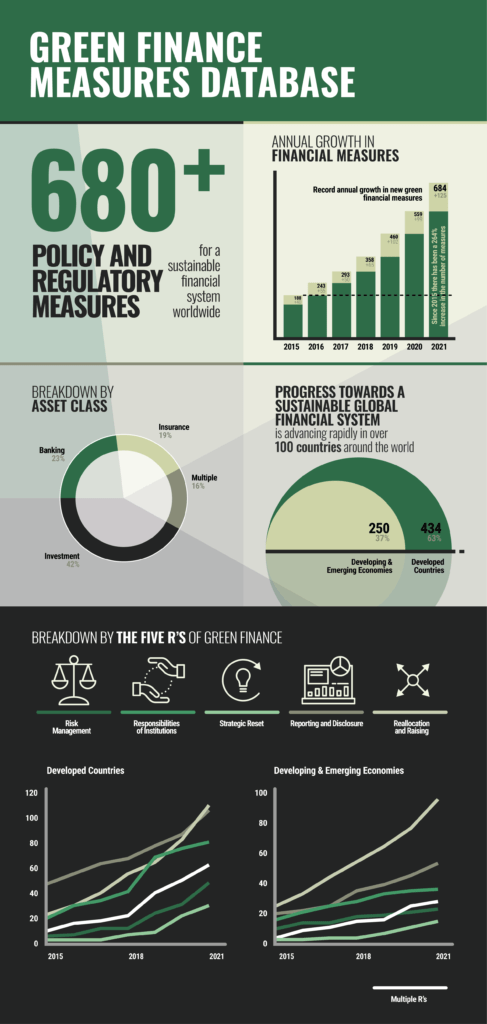
a 264% increase since 2015. Image courtesy- Green Finance Platform
Green Bonds:
A green bond is an instrument with qualities like a standard coupon bond. Nevertheless, the thing that matters is that the backer of this bond uses the returns from this bond in energy-effective activities connected to environmental power, creation decrease, reforestation, and so forth. All the more explicitly, green bonds finance projects focused on energy effectiveness, contamination anticipation, supportable horticulture, fishery and ranger service, the assurance of oceanic and earthbound environments, clean transportation, clean water, and economical water for the executives. Additionally, they also fund the development of environmentally friendly advances and the mitigation of environmental change.
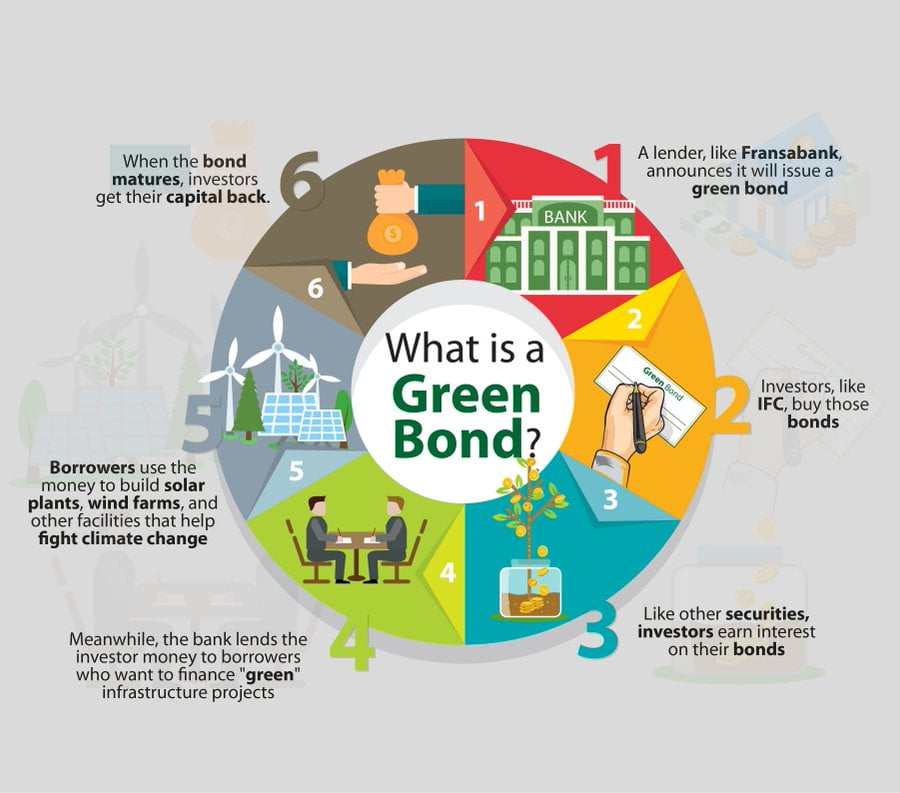
Image courtesy- Twitter@WorldBank
Green bonds accompany charge motivations such as charge exceptions and tax breaks, making them a more appealing venture compared with a practically identical available bond. These assessment benefits give money-related motivation to handle conspicuous social issues, such as environmental change and development toward sustainable wellsprings of energy. An outsider regularly confirms green bonds to meet all requirements for green security status. For example, the Climate Bond Standard Board affirms that the security will subsidise projects that incorporate advantages for the climate.
Green finance and long-term development
The finance sector is progressively considered essential for speeding up the change to supportability and climate neutrality. One explanation is the need to mobilise a large amount of private capital to meet the investment requirements for achieving the environmental goals of the Paris Agreement and the UN Sustainable Development Goals. Another explanation is the finance sector’s part in effectively allocating capital. This makes the money area a critical field for extensively affecting what occurs in economies from one side of the planet to the other.
There are various pathways through which money can be an impetus for promoting sustainability. These include
- financial and monetary approaches;
- financial backer concerns about impractical strategic policies resulting in abandoned resources;
- financial backer concerns about environmental strategy and environmental sway chances;
- better clarity on who is financing impractical monetary movement;
- a better understanding of how ecological, social, and administrative (ESG) factors influence the monetary exhibition of resources.
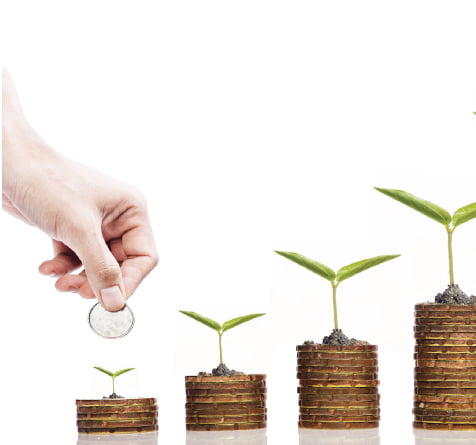
Image courtesy- UNEP
Currently, there are numerous dynamic drives fully intent on guaranteeing that the money area adds to accomplishing supportability. Examples are the United Nation’s Principles for Responsible Investment and the Financial Stability Board’s Task Force on Climate-related Financial Disclosures. The European Commission’s continuous Action Plan on Sustainable Finance includes the improvement of regulative propositions intended to work with the development of capital into maintainable speculation. Two critical components of the arrangement are the advancement of a scientific categorisation of manageable monetary movement and the foundation of principles for feasible monetary items, including another intentional EU green bond standard dependent on the scientific categorisation.
Conclusion –
Green money has become a worldwide concern in sustainable economic development. Every country is worried about the difference in climate and ecological contamination.
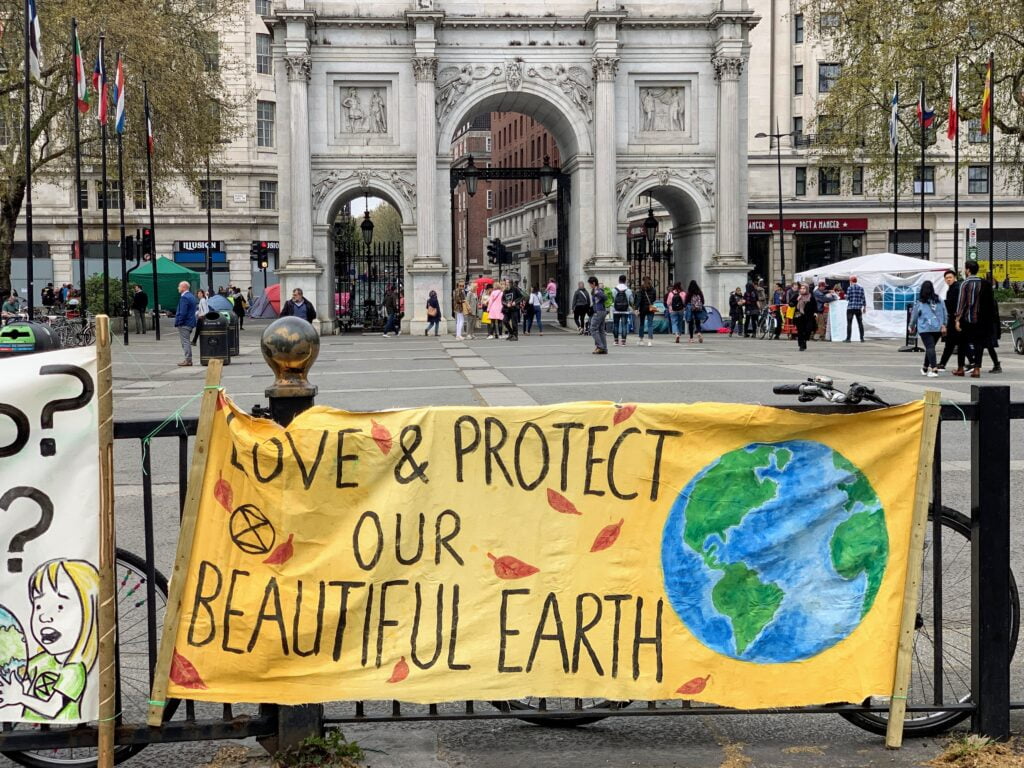
For more manageable improvement, we want to:
- distinguish the conceivable green tasks and check whether or not they are green financing,
- money to produce less waste, reuse squander into fertilisers or different articles projects,
- increment finance in every green undertaking,
- mindfulness creation at a grassroots level among the rustic people is vital,
- set up green activities and work with replication,
- plant trees were ever conceivable,
- encourages engineers to construct green structures,
- finance in eco-accommodating items,
- microfinance to be expanded to deliver green items with an exceptionally low-loan cost, and
- finance in water collecting and sun oriented lights and other sustainable power sources.
It is likewise essential to note that for these progressions to occur and create the ideal results, it requires the dynamic association of public, private and global organic entities over the long haul.
You may also like to read: THE GREEN DEAL: EUROPE AND ITS DREAM OF CLIMATE NEUTRALITY!
ABOUT THE AUTHOR
Jaya Singh.

The term Jaya and coffee have become synonymous nowadays. Besides being a self-proclaimed connoisseur of coffee, Jaya is a voracious reader and law student who engages in firey discussions.
She is the junior editor at The International Prism and believes in the idea of not fitting into something; instead believes in breaking norms and making a mark for herself.
The author can be reached at jayasingh@theinternationalprism.com






